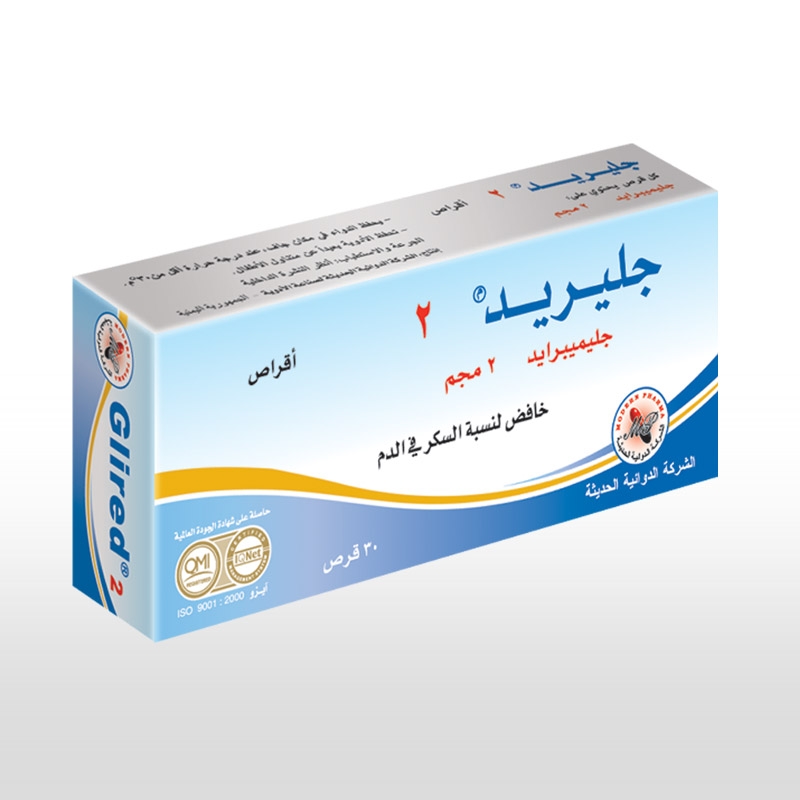- Potentiation of the blood-sugar-lowering effect and, thus, in some instances
hypoglycemia may occur when one of the following medicines is taken , for
example: insulin and other oral antidiabetics, ACE inhibitors, allopurinol,
anabolic steroids and male sex hormones, chloramphenical, coumarin derivatives,
cyclophosphamide, disopyramide, fenfluramine , fenyramidol, fibrates, fluoxetine,
guanethidine, ifosfamide, MAO inhibitors, miconazole, para-aminosalicylic acid,
pentoxifylline (high dose parenteral), phenylbutazone, azapropazone,
oxyphenbutazone, probenecid, quinolones, salicylate,sulfinpyrazone,
sulfonamides, tetracyclines, tritoqualine, trofosfamide, fluconazole.
- Weakening of the blood –sugar- lowering effect and thus, raised blood sugar
levels may occur when one of the following medicine is taken, for example:
acetazolamide, barbiturates, corticosteroids, diazoxide, diuretics, epinephrine
(adrenaline) and other sympathomimetic agents, glucagon, laxatives ( after
protracted use), nicotinic acid (in high doses), oestrogens and progestogens,
phenothiazines, phenytion, rifampicin, thyroid hormones.
- H2 receptor antagonists, clonidine and reserpine may lead to either
potentiation or weakening of the blood –sugar- lowering effect of Glimepiride
when administrated concomitantly.
- Beta-blockers decrease glucose tolerance. In patients with diabetes mellitus,
this may lead to deterioration of metabolic control. In addition, beta-blockers
may increase the tendency to hypoglycemia (due to impaired
counter-regulation).
- Under the influence of sympatholytic medicines such as beta-blockers, clonidine,
guanethidine and reserpine, the signs of adrenergic counter-regulation to
hypoglycemia may be reduced or absent.
- Both acute and chronic alcohol intake may potentiate or weaken the
blood-sugar-lowering action of Glimepiride unpredictably.
-The effect of coumarin derivatives may be potentiated or weakened by taken
Glired®.


